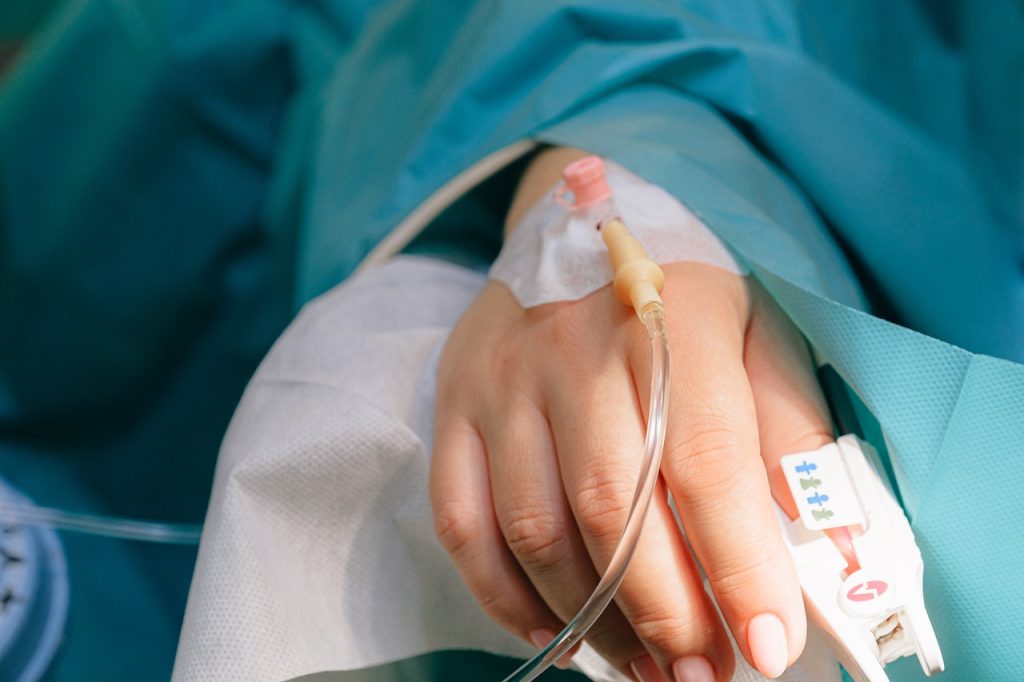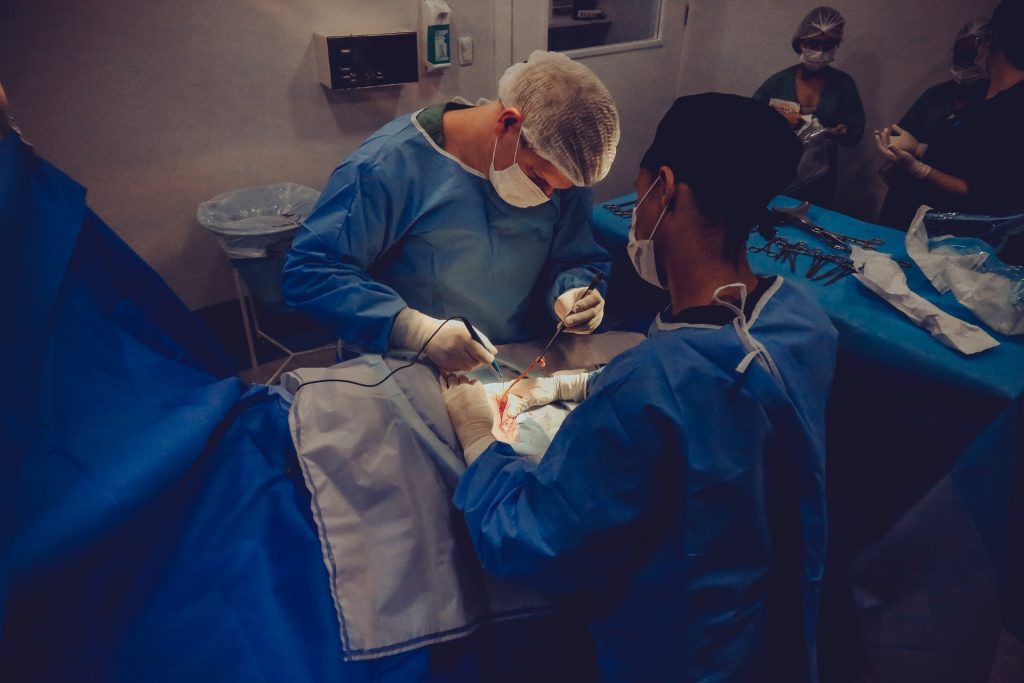Propofol and Physician Anaesthesiologists Speed Up Endoscopy

Using a physician anaesthesiologist-led model administering fast-acting propofol increases patient access to care, compared to previous models which used nurse-administered sedation for gastrointestinal (GI) endoscopy procedures, according to work done by the University of Colorado Hospital.
“The Anaesthesia Care Team model allows us to optimise patient flow and utilise faster-acting medications, resulting in shorter total case lengths and reduced post-anaesthesia care unit (PACU) length of stay for upper and lower GI endoscopic procedures, compared to a model where nurses provided sedation,” said Dr Adeel A. Faruki, senior author of the study. “This allows for scheduling more patients in fewer rooms in the GI suite per day and increases patient access to care.”
Most anaesthesia care in the US is delivered either by a physician anaesthesiologist or a non-physician anaesthesia practitioner supervised by a physician anaesthesiologist within the Anaesthesia Care Team model. This model and physician-led anaesthesia care is seen as the gold standard for ensuring patient safety and the best outcomes.
The University of Colorado Hospital previously used a model where GI procedural nurses provided sedation under supervision from gastroenterologists for cases that did not require general anesthesia (called the GI luminal unit). The hospital transitioned to the Anaesthesia Care Team model for all GI cases July 1, 2021.
In the study, researchers compared GI cases performed under the previous nurse-provided sedation model to those performed under the Anaesthesia Care Team model. They found it took less time to start the procedure (sedation start to scope-in time) when deep sedation with propofol (MAC) was provided by the Anaesthesia Care Team than when nurses administered sedation with fentanyl, midazolam and diphenhydramine. That change, along with a redesigned patient flow, provided the opportunity to increase daily GI procedural volume by 25%, while using the same number of procedural suites, Dr Faruki said.
Propofol is a fast-acting and effective medication with a higher-risk-profile, which physician anesthesiologists have the skills and training to deliver and monitor. “Propofol can result in very deep levels of sedation in a short period of time and, therefore, at most institutions, is restricted for use by anesthesia providers,” said Andrew Mariotti, lead author of the study and M.D. candidate at the University of Colorado. “Unlike GI procedural nurses, the Anesthesia Care Team has the training and expertise to perform advanced airway and cardiovascular interventions if an emergency arises.”
The researchers analysed the sedation-to-scope-in time of 5640 endoscopy patients, comparing 4,606 who received nurse-administered sedation for GI procedures, to 1034 who had MAC. The time was reduced by 2 to 2-1/2 minutes per case with MAC. Extrapolating to the typical cases performed at their hospital over a year (more than 2600 cases), the authors said the time savings equates to more than 5300 minutes, or 90 hours.
Sincerecovery also is faster with propofol, there were time savings in the PACU of 7 minutes for upper GI endoscopies and 2 minutes in lower-GI cases. The researchers also found patients reported being less groggy.
GI endoscopies account for about two-thirds of all endoscopies in the US. The time savings for Anesthesia Care Team-administered MAC sedation likely would apply to non-GI procedures as well, the authors noted.
This research is presented at the American Society of Anesthesiologists’ ADVANCE 2022, the Anesthesiology Business Event.
Source: EurekAlert!


